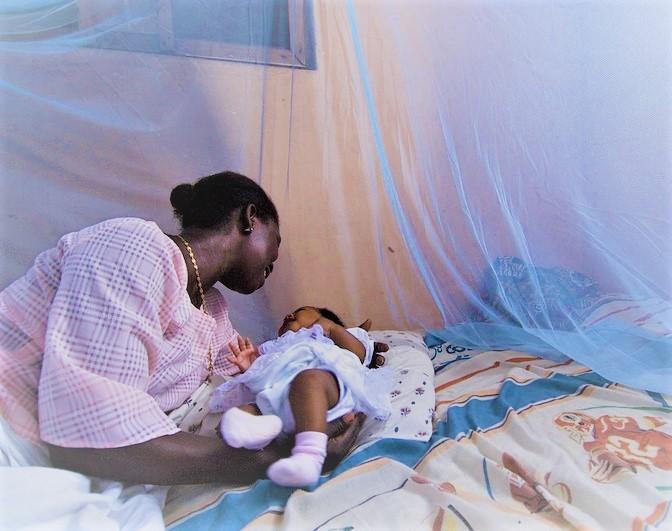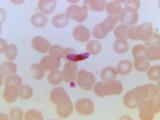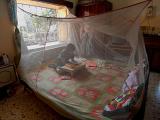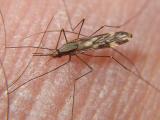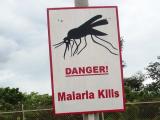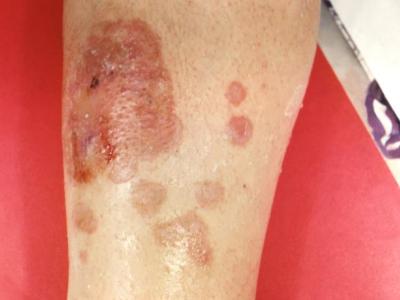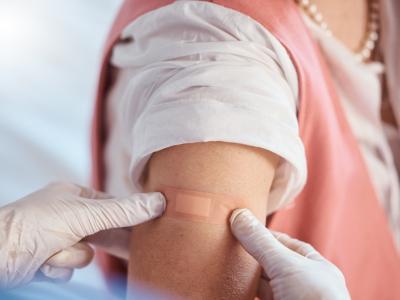Research published yesterday in Nature Microbiology details how simple additions to traditional bed net design can help reduce the lethality of malaria and increase the choice of insecticides used to target the mosquitoes that carry the deadly disease.
Researchers and engineers from the University of Warwick and the Liverpool School of Tropical Medicine (LSTM) collaborated on the bed nets, called Barrier Bednets, and showed the netting was highly effective against wild insecticide-resistant Anopheles gambiae mosquitoes in Burkina Faso.
Nets kill 29% more mosquitoes
The bed nets have a perpendicular piece of netting attached to the top of a traditional net. The design was based on imaging systems developed at the University of Warwick, which showed that mosquitoes fly back and forth across the top of a traditional bed net looking for entry. The top panel of perpendicular netting is firmly attached to the roof and out of the reach of children, which increases the types of insecticides that are safe to use.
"This paves the way to use insecticides previously unavailable for bednets because of possible health risks from direct contact," said Philip McCall, PhD, a professor at LSTM, in an LSTM press release. "Plus, if we only use the effective insecticide on the barrier panel, it means that manufacturing nets would cost a lot less, as would the over-the-counter price for the people that need them. It also means we could consider additional insecticides that might have been ruled out previously as too expensive."
McCall's engineering team helped design the panel.
In the proof-of-concept study, the authors compared polyester netting treated with the organophosphate fenitrothion (OPB) insecticide to both modified and unmodified standard Permanet 2.0 nets (P2, for short). The modified nets were called P2B and were also treated with OPB.
"In initial laboratory bioassays, the unmodified P2 bednet killed 77% and 56% of insecticide-susceptible and resistant A. gambiae strains, respectively, within 48 h of exposure. Adding the P2B did not affect mortality rates with either strain, but the OPB was significantly better, killing 100% of resistant mosquitoes within 48 h (90% at 24 h; t-test, P < 0.01)," the authors wrote.
A field-based hut study in Burkina Faso also showed that perpendicular nets treated with OPB outperformed traditional bed nets, killing 28.8% more mosquitoes than traditional structures.
Opening door for different insecticides
"These results demonstrate that simple net barriers mounted on standard bednets can target A. gambiae. With appropriate insecticide, potentially including previously excluded classes, barriers significantly improved bednet performance, essentially restoring efficacy against pyrethroid-resistant mosquitoes," the authors wrote.
Insecticide resistance has led to an increase in malaria cases and deaths in Africa since 2015. Between 2000 and 2015, pyrethroid insecticide helped greatly reduce malaria in Africa, but progress stalled once vectors became resistant to pyrethroid.
According to the World Health Organization (WHO), there were 219 million malaria cases worldwide in 2017, which included 435,000 deaths. In 2017, 92% of malaria cases and 93% of malaria deaths were in Africa. Nigeria alone accounted for 25% of cases in 2017.
"In 2017, about half of all people at risk of malaria in Africa were protected by an insecticide-treated net [ITN], compared to 29% in 2010," the WHO says in a fact sheet. "However, ITN coverage increased only marginally in the period 2015 to 2017."
See also:
Dec 2 Nat Microbiol study
Dec 2 LTSM press release
Dec 2 University of Warwick press release
Mar 27 WHO malaria fact sheet
